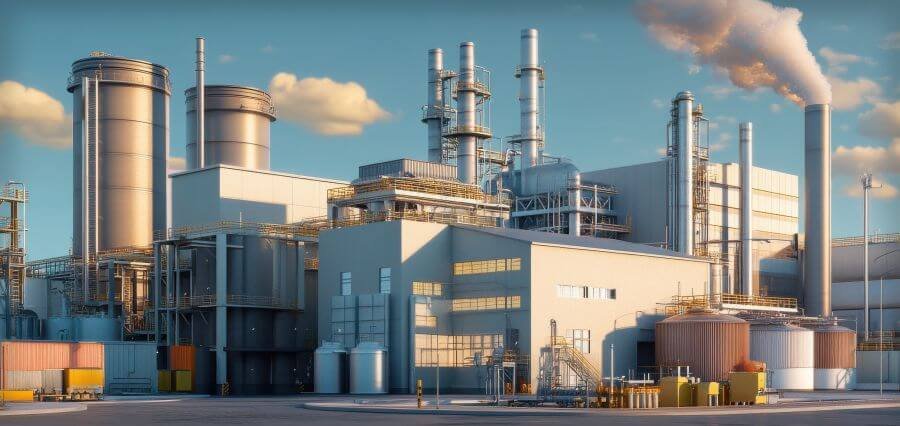Prime Highlights:
Saudi Arabia’s Industrial Production Index (IPI) saw a 2.1% annual increase in December 2024, driven by manufacturing and waste management sectors.
The manufacturing sector recorded a 6.3% year-on-year growth, fueled by the production of refined petroleum products and coke.
Key Background:
Saudi Arabia’s industrial growth has been significantly propelled by its manufacturing sector, as evidenced by the latest data from the General Authority for Statistics. In December 2024, the Industrial Production Index (IPI) recorded a 2.1 percent annual increase, driven primarily by advancements in manufacturing activities and waste management services.
The growth in non-oil activities, which expanded by 4 percent year on year, highlights the success of the Kingdom’s economic diversification efforts under Vision 2030. This growth spanned across various sectors, excluding electricity and gas supply. Manufacturing emerged as the leading contributor to this growth, registering a 6.3 percent annual increase, with key industries like the production of coke and refined petroleum products seeing notable improvements.
The strong performance in coke and petroleum product manufacturing was particularly impressive, with a 9.3 percent rise in production. This surge can be attributed to the refining processes that convert crude oil into essential fuels such as gasoline, diesel, and jet fuel, alongside the production of coke, a vital component in steel production. Additionally, the chemical manufacturing sector increased by 4.8 percent, the food industry grew by 8.8 percent, and the paper products sector expanded by 8.7 percent. The electrical devices sector showed the most significant growth, with a 10.5 percent annual increase.
However, the mining and quarrying sector, which has substantial weight in the overall index, experienced a 0.4 percent decline year on year. This reduction reflected the impact of lower oil production levels. The water supply, sewerage, and waste management sectors saw modest growth, while the electricity, gas, steam, and air conditioning supply sector faced a decline both annually and monthly. These developments underscore Saudi Arabia’s ongoing efforts to reduce its dependence on oil revenues, with the refining and petrochemical industries emerging as key pillars of economic diversification. As part of Vision 2030, these industries support domestic energy needs and contribute to non-oil export revenues, strengthening Saudi Arabia’s global industrial position.




